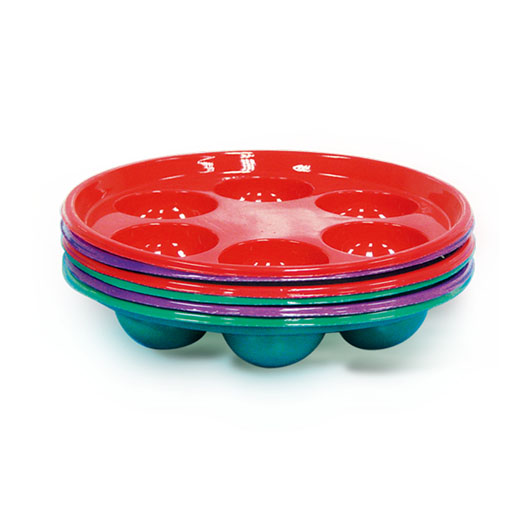
The commonly used raw materials of plastic seat are: PVC, PS, PP, PET, PETG and flocking, antistatic, conductive and other materials.

Specific production process of plastic seat:
1. Mold making and processing.
2. After the mold is completely dried, soften it.
3. Put the softened plastic piece together with the wooden cabinet in the vacuum chamber, activate the suction switch, and suck the air in the vacuum chamber clean. After the plastic piece cools down, you will get the same concave packaging or process mold as the mold.
Blister mold: There are generally three types of blister mold: plaster mold, electroplated copper mold and aluminum mold.
Gypsum mold: sculpt with gypsum in a semi-wet state, and then dry to form a mold. The cost of the gypsum mold is low and easy to modify, but the accuracy of the gypsum mold is not high enough, the surface is not smooth and it is brittle and not durable. (2) Molds for electroplated copper molds or some plastic molds that require low-volume production.
Electroplated copper mold: After making samples from gypsum molds, electroplating a copper shell is an electroplated copper mold. The cost is higher than that of gypsum molds, but it is much cheaper than aluminum molds. Because of its smooth and durable surface and low cost, electroplating Copper mold is the most commonly used blister mold.
Aluminum mold: machined from aluminum ingots (lathes, milling machines, CNC, etc.). Aluminum molds have high precision, smooth surface and durability, but the price is very expensive. Aluminum molds are generally used on plastic products that copper molds with higher accuracy requirements cannot reach.